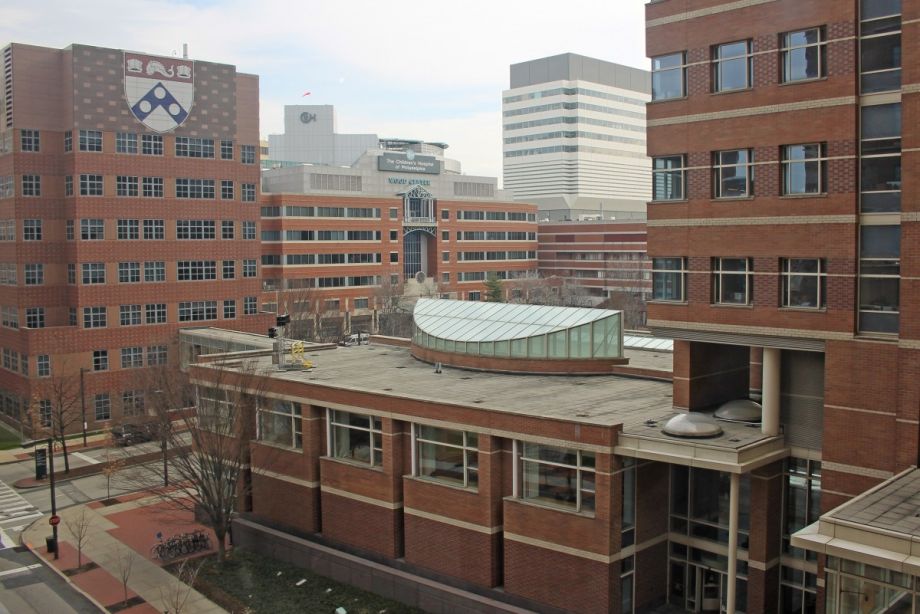Next City
By Matt Bergheiser
Could a platform established decades ago to shape the physical well-being of urban centers offer an answer to the challenge of economic disconnection in city neighborhoods?
When business improvement districts (BIDs) first emerged in the U.S., property owners in one commercial area, or along a certain corridor, came together to put their collective cash (gathered through a tax) toward shared services like street cleaning and marketing. As cities have become popular again and commercial districts have matured, some BIDs have become indispensable investors in the public realm, creating and stewarding public squares and civic commons across the nation. The success of New York’s Bryant Park, for example, can be attributed to the focus, long-term planning and funding of the Bryant Park Corporation BID.
Today’s BIDs are now ready for another important shift: They are perfectly positioned to create inclusive opportunity for local residents. The next phase, which we might call BID 3.0, hinges on partnerships with the largest employers and property owners in a given city.
At University City District in Philadelphia, we’ve leveraged strong relationships with employer partners to create an extensive job training effort embedded in our BID. In about a square mile in University City, a neighborhood with several anchor institutions including University of Pennsylvania, Drexel University and the Children’s Hospital of Philadelphia, we have 76,000 jobs and $5 billion in recent real estate investment. Yet in the five zip codes abutting our district, 81,000 people live in poverty; unemployment stands at 15 percent; only 21 percent of adults over the age of 25 hold a college degree.
A traditional job training program attempting to mitigate this disparity between growth and opportunity might struggle to gain traction with major regional employers. And workforce programs simply do not succeed without strong employer partners designing the training programs and committing to hiring graduates. BIDs, which are like mini-chambers of commerce, are already a place where private sector leaders come together.

